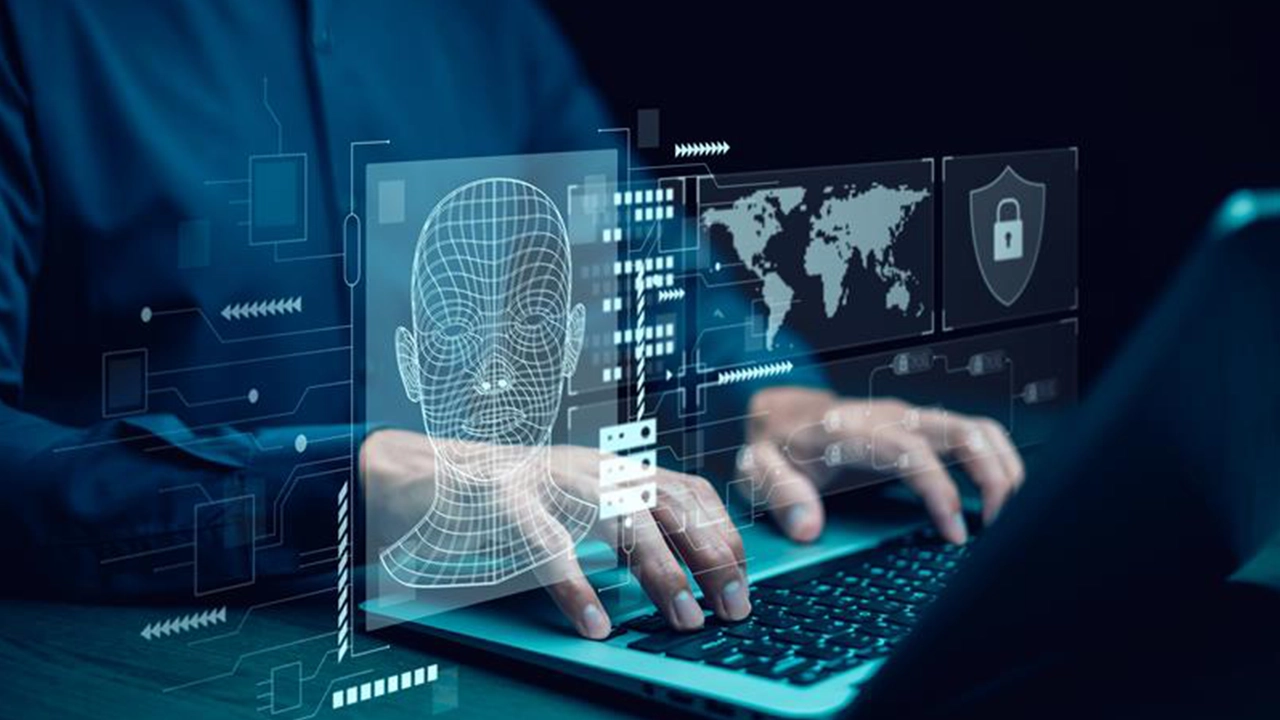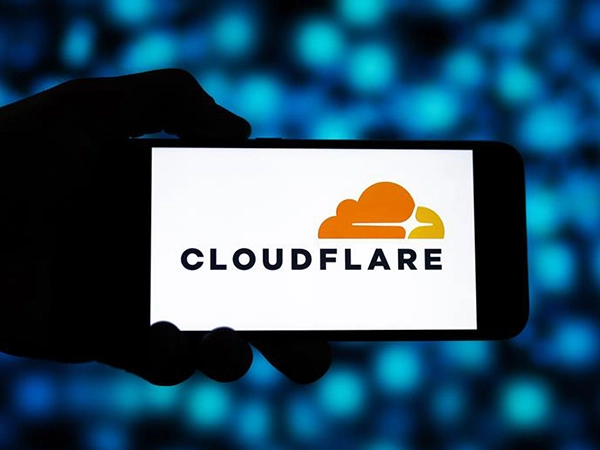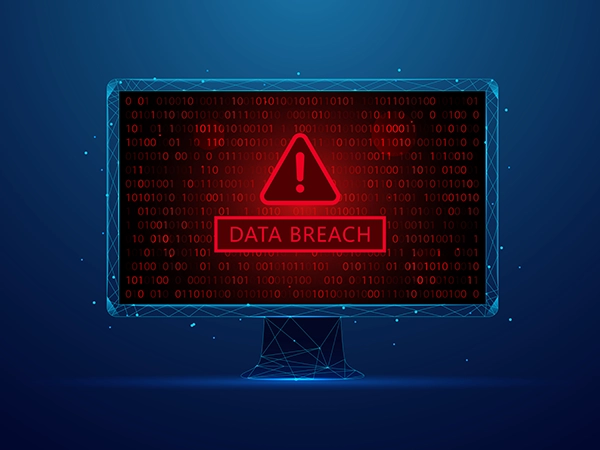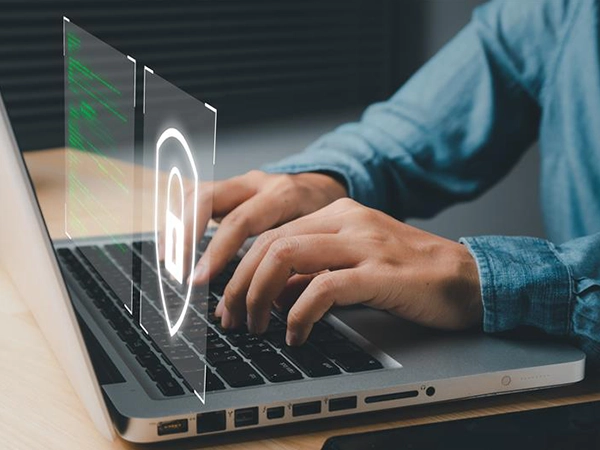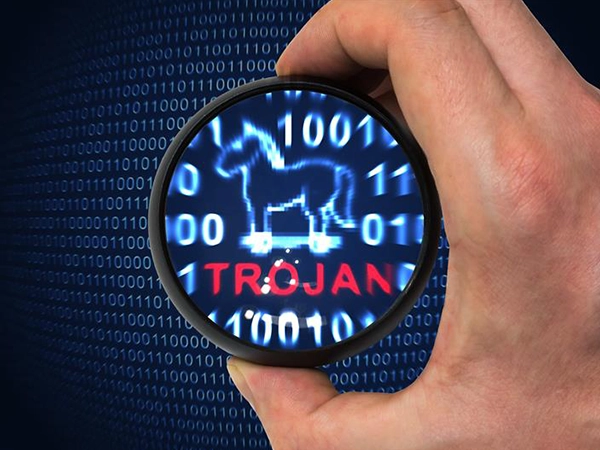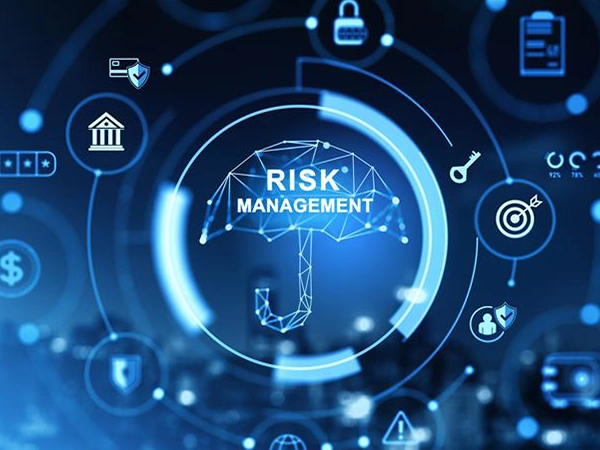Introduction
The rise of artificial intelligence has unlocked extraordinary innovation, but it has also opened the door to unprecedented digital threats. One of the most concerning among these is deepfakes. Deepfakes are AI-generated synthetic videos, audio recordings, and images that are so realistic they can convincingly mimic real people.
For enterprises, deepfakes are not just a technological curiosity but they represent a serious cybersecurity, reputational, and compliance risk. Imagine a fake video of your CEO making damaging statements, or an audio deepfake instructing your finance team to transfer millions of dollars. These scenarios are no longer hypothetical. They are happening today.
This blog explores:
- What deepfakes are and how they work
- Real-world cases where deepfakes harmed enterprises
- Sector-specific risks across industries
- Practical defense playbooks for organizations
- Compliance and emerging global standards
What Are Deepfakes?
Deepfakes are synthetic media created using advanced AI techniques like Generative Adversarial Networks (GANs). In simple terms, a GAN uses two AI models, a generator and a discriminator, that compete until the output becomes indistinguishable from real media.
The result? Hyper-realistic voice, video, or image impersonations that can fool even trained eyes and ears. Unlike traditional phishing or spoofing, deepfakes leverage biometric-level impersonation, making them both convincing and difficult to detect.
A Generative Adversarial Network (GAN) is made up of two neural networks:
1. The Generator:
This network creates synthetic media, for e.g., it might generate a fake face, voice, or video based on input data.
2. The Discriminator:
This network evaluates the generated content. It tries to determine whether what it’s seeing/hearing is real (from the training data) or fake (from the generator).
These two networks are in constant competition:
- The generator tries to fool the discriminator.
- The discriminator gets better at spotting fakes.
- Over time, the generator improves to the point where the fakes are nearly indistinguishable from reality.
Types of Deepfakes
Deepfakes can replicate:
- Faces (swapping one person’s face with another in a video)
- Voices (synthetic speech that mimics someone’s tone, pitch, and accent)
- Entire videos (where a person appears to say or do things they never actually did)
Real-World Incidents of Deepfake Threats
Enterprises across the globe are already experiencing the impact of deepfakes.
- 2019 – UK Energy Firm Fraud: Criminals used an audio deepfake of a CEO’s voice to trick a subsidiary into transferring €220,000 ($240,000) to a fraudulent bank account. The attackers mimicked the CEO’s German accent so convincingly that the victim believed it was genuine.
- 2020 – Political Deepfake Videos: Multiple manipulated clips of politicians circulated online, eroding public trust. While not enterprise-specific, these incidents illustrate the societal and reputational damage deepfakes can cause.
- 2023 – Fraud-as-a-Service: Cybercriminal groups began selling “deepfake voice cloning” on Telegram, offering enterprises’ executives’ voices for a fee. This commoditization has made deepfake-powered fraud accessible to less skilled attackers.
These examples highlight a critical truth: deepfakes are no longer fringe technology, they are an active cyber threat vector.
Sector-Specific Risks
The risks posed by deepfakes vary by industry. Understanding sector-specific threats allows organizations to prepare better defenses:
Financial Services
- Fake voice instructions for wire transfers or investment moves.
- CEO/CFO impersonations used to bypass verification protocols.
Media & Communications
- Fabricated leadership videos damaging public credibility.
- Fake news clips eroding trust in journalism.
Manufacturing & Intellectual Property (IP)-Driven Industries
- Impersonation of R&D leads in virtual meetings to extract trade secrets.
- Fake vendor communications disrupting supply chains.
• Government & Public Sector
- Manipulated public addresses leading to misinformation.
- Deepfakes weaponized in disinformation campaigns targeting policy.
Healthcare
- Fake doctor or administrator voices altering patient communication.
- Deepfake patient records or diagnostic images compromising trust.
By mapping deepfake risks to industry-specific scenarios, enterprises can better understand the unique vulnerabilities they face. For example, the finance sector may prioritize protecting against voice-based fraud, while the media industry might focus on combating misinformation through manipulated videos. This approach allows organizations to assess potential threats more accurately and align their security strategies accordingly. By identifying high-risk areas, such as executive impersonation, brand reputation damage, or political manipulation, companies can implement proactive measures like advanced detection tools, employee training, and legal frameworks to safeguard against deepfake-related incidents. This targeted response ensures a more effective defense against evolving cyber threats.
Enterprise Deepfake Defense Playbooks
Protecting against deepfakes requires a multi-layered defense strategy that blends technology, people, and policy.
1. Awareness & Training Programs
- Train employees, especially in finance, HR, PR, and executive roles, to identify potential deepfakes.
- Incorporate deepfake simulations into phishing/social engineering awareness programs.
- Encourage a “trust but verify” culture for any unusual media-based requests.
2. Verification Protocols
- Implement multi-channel verification (e.g., confirm voice requests via written/email confirmation).
- Use multi-factor authentication (MFA) for high-value approvals.
- Require dual approvals for large financial transactions or sensitive data requests.
3. Detection Tools (with Limitations)
- Leverage tools like Microsoft Video Authenticator, Sensity.ai, and Hive.ai to flag potential manipulations.
- Limitations: Detection tools are not foolproof. They can:
- Generate false positives (flagging real content as fake).
- Fail to detect next-generation GANs that evolve faster than detection models.
- Enterprises should treat detection tools as one layer of defense, not the final solution.
4. Digital Asset Protection
- Reduce the digital footprint of executives’ voices and images available online.
- Secure corporate videos and official communications with digital signatures or cryptographic seals.
- Establish a content provenance policy for official statements.
5. AI Watermarking Standards
- Adopt emerging global frameworks like C2PA (Coalition for Content Provenance and Authenticity), backed by Adobe and Microsoft.
- C2PA embeds invisible metadata and watermarks into images/videos, enabling source verification.
- Early adoption will prepare enterprises for future compliance requirements.
6. Monitoring & Threat Intelligence
- Monitor social platforms, news outlets, and the dark web for brand or executive impersonations.
- Use threat intelligence feeds to detect early chatter about potential deepfake campaigns.
7. Incident Response & Crisis Management
- Build an incident response playbook specifically for deepfakes.
- Include workflows for:
- Validation: Rapidly confirm if media is real or fake.
o Communication: Issue public statements or clarifications.
o Legal: File takedown requests, DMCA complaints, or defamation actions
- Conduct deepfake tabletop exercises as part of business continuity planning.
Compliance and Policy Frameworks
Deepfake defense isn’t just about technical tools; it also requires aligning with legal, regulatory, and cybersecurity frameworks. These frameworks guide enterprises in handling synthetic media risks, protecting digital trust, and ensuring accountability across jurisdictions.
1. India: Digital Personal Data Protection (DPDP) Act, 2023
The DPDP Act, 2023 is India’s first comprehensive privacy law. It regulates how personal data, including biometric identifiers like voice, face, and fingerprints, can be collected, processed, and stored.
- Relevance to deepfakes: Since deepfakes often exploit biometric data (a CEO’s voice, an employee’s face), organizations must ensure that such data is collected with consent, stored securely, and not misused.
- Enterprise obligation: Companies operating in India must safeguard digital identities from unauthorized manipulation. If a deepfake involves stolen personal data, the enterprise may face legal liability under DPDP.
- Key takeaway: Incorporating deepfake detection and identity protection aligns with DPDP’s emphasis on lawful, transparent, and secure handling of personal data.
2. U.S. AI Executive Order (2023)
In October 2023, the U.S. government released a landmark Executive Order on Safe, Secure, and Trustworthy Artificial Intelligence. This order sets national standards for AI accountability while promoting innovation.
- Relevance to deepfakes: The order specifically highlights risks of synthetic media and disinformation, encouraging AI developers and enterprises to implement transparency measures (e.g., watermarking).
- Enterprise obligation: U.S.-based organizations (and multinational companies with U.S. operations) must audit their AI practices to ensure compliance with federal guidance.
- Key takeaway: Enterprises should adopt AI governance frameworks and synthetic media disclosure practices to align with U.S. standards.
3. SOC 2 Trust Services Criteria (Security & Integrity)
SOC 2 (System and Organization Controls) is a widely recognized audit standard for technology and outsourcing providers. It assesses how organizations handle customer data across five Trust Service Criteria: Security, Availability, Processing Integrity, Confidentiality, and Privacy.
- Relevance to deepfakes: For enterprises outsourcing IT or communications services, SOC 2 reports can validate whether vendors are safeguarding against manipulated media risks.
- Enterprise obligation: Enterprises should require vendors to prove compliance with SOC 2, especially around:
o Security: Protecting systems from unauthorized access (including deepfake impersonations).
o Integrity: Ensuring communications and media are authentic and unaltered.
- Key takeaway: SOC 2 compliance adds a layer of trust assurance for enterprises relying on third-party platforms vulnerable to deepfake misuse.
4. ISO/IEC 27001 – Information Security Management
ISO/IEC 27001 is the global gold standard for Information Security Management Systems (ISMS). It requires organizations to identify, assess, and mitigate risks to data and digital systems.
- Relevance to deepfakes: Deepfakes introduce new risks (e.g., reputational fraud, manipulated digital identities) that can be included in an organization’s risk treatment plan.
- Enterprise obligation: ISO 27001-certified organizations should expand their risk registers to cover:
o Deepfake-based social engineering attacks.
o Media authenticity controls for official communications.
o Incident response playbooks for synthetic media crises.
- Key takeaway: By aligning deepfake risks with ISO 27001 controls, enterprises strengthen their overall cyber resilience.
5. NIST Cybersecurity Framework (CSF)
The NIST Cybersecurity Framework, widely adopted globally, consists of five core functions: Identify, Protect, Detect, Respond, Recover.
- Relevance to deepfakes: Deepfake defense can be mapped directly into the CSF lifecycle:
o Identify: Catalog potential deepfake threats in enterprise risk assessments.
o Protect: Implement safeguards (e.g., watermarking, media signing).
o Detect: Deploy AI-powered detection tools to flag manipulated content.
o Respond: Build playbooks for incident response and public communication.
o Recover: Incorporate deepfake scenarios in business continuity and crisis management planning.
- Enterprise obligation: Even outside the U.S., enterprises can use NIST CSF as a global best practice to integrate deepfake defense into their existing security strategy.
- Key takeaway: NIST provides a flexible and scalable model for embedding deepfake defenses across the enterprise lifecycle.
Why These Frameworks Matter
Deepfakes blur the lines of reality, but enterprises cannot afford blurred accountability. By embedding deepfake defenses into DPDP 2023, U.S. AI regulations, SOC 2 audits, ISO/IEC 27001 controls, and NIST frameworks, organizations can:
- Demonstrate regulatory compliance to global stakeholders.
- Strengthen cyber resilience against synthetic media threats.
- Build customer and investor trust in an era where authenticity is constantly under attack.
Final Thoughts
Deepfakes are no longer an emerging curiosity, they are an active enterprise threat with real financial, reputational, and compliance consequences.
The defense against deepfakes lies in a balanced approach:
- Learn from real-world cases of enterprise fraud.
- Map sector-specific risks to your industry.
- Build layered defense playbooks combining awareness, verification, detection, and incident response.
- Adopt emerging standards like C2PA to authenticate your media.
- Align with global compliance frameworks like DPDP 2023, the U.S. AI Executive Order, and SOC 2.
Enterprises that act now will protect not only their data and finances but also their most valuable asset: trust. In a world where seeing is no longer believing, digital trust is the new currency.
References:
- https://www.forbes.com/sites/jessedamiani/2019/09/03/a-voice-deepfake-was-used-to-scam-a-ceo-out-of…

